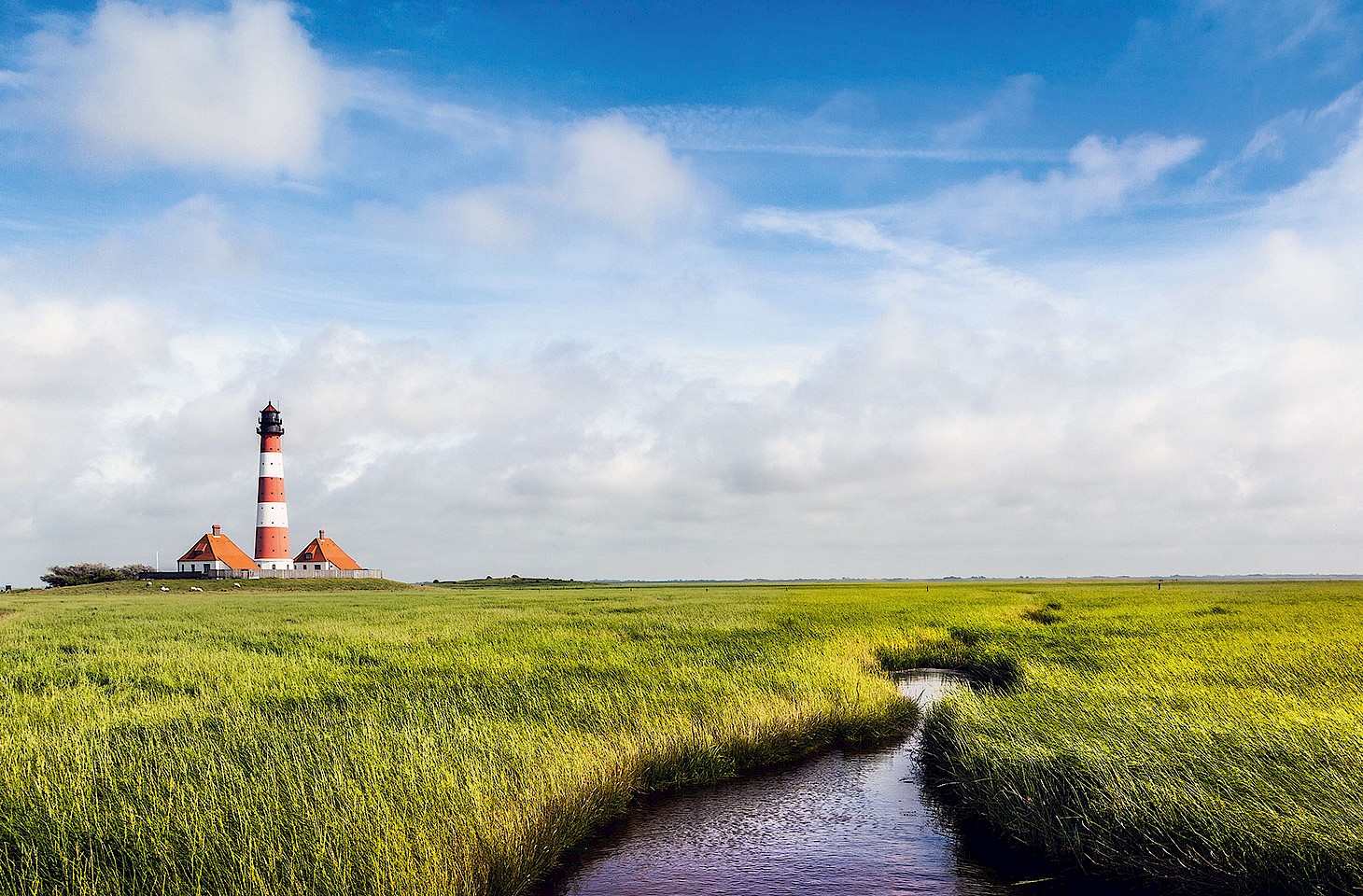Any mention of mining in the hallowed precincts of UNESCO’s World Heritage Committee is guaranteed to elicit a mixed reaction. Some will be quick to point out that the extractive industries pose a significant threat to some of the sites featured on the World Heritage List. Others will counter with the argument that those same industries have over the centuries created some of the world’s most distinctive cultural landscapes, a number of which have provided wonderful additions to the World Heritage List.
A case in point is the World Heritage designation in 2006 of the former mining landscapes of the Tamar Valley and Cornwall in south-west England. Within a relatively brief period from the mid 18th century, this region developed a huge share in the world’s copper, tin and arsenic trade. The creative ingenuity which underpinned the Cornish mining industry had profound effects on global trade and has left a very distinctive landscape. The last mine closed only in 1998, and those who worked at South Crofty could surely never have imagined that within a very few years the remains of Cornish mining and the landscapes they shaped would sit alongside the Acropolis in Athens and the Taj Mahal in India on UNESCO’s World Heritage List.
As it happens, Britain’s most recent World Heritage listing also relates to the extractive industries. It focuses on the slate landscapes of north-west Wales with their monumental quarries and mines. That citation comprises six separate spots across the county of Gwynedd which were added to the World Heritage List in 2021.




